Historic Shelter
Explore the natural and cultural history at Colossal Cave
 Just inside the entrance to Colossal Cave, we step onto the flagstone floor built by the Civilian Conservation Corps in the 1930s. It’s cool even with the desert heat outside: a temperate 70 degrees year-round, and dry. Unlike most caves that are formed by groundwater seeps, this one was formed by hydrothermal processes: volcanic activity that sent hot sulfuric water into the limestone, dissolving it into big sweeping caverns decorated with curtains and draperies called flowstone. The gaping mouth of Colossal Cave lets in enough light that the Hohokam Indians at times used it for shelter and ritual, coming into this first room where they could still see by daylight alone. Dozens of artifacts—painted prayer sticks, miniature ritual bows, pottery—were found where we’re standing.
Just inside the entrance to Colossal Cave, we step onto the flagstone floor built by the Civilian Conservation Corps in the 1930s. It’s cool even with the desert heat outside: a temperate 70 degrees year-round, and dry. Unlike most caves that are formed by groundwater seeps, this one was formed by hydrothermal processes: volcanic activity that sent hot sulfuric water into the limestone, dissolving it into big sweeping caverns decorated with curtains and draperies called flowstone. The gaping mouth of Colossal Cave lets in enough light that the Hohokam Indians at times used it for shelter and ritual, coming into this first room where they could still see by daylight alone. Dozens of artifacts—painted prayer sticks, miniature ritual bows, pottery—were found where we’re standing.
This is one of the primary reasons to visit Colossal Cave: that aside from its natural beauty, it’s filled with history. Called Five-Mile Cave in the 1880s, it became a safe house for bandits stealing bank notes from the rail cars on the nearby Southern Pacific Line. The legend of these thefts varies, but always includes the robbers hoodwinking sheriff posses by escaping via a back route to a separate entrance a half mile away. Today you can scramble through the “Bandits’ Escape” on a prearranged “Wild Cave Tour” at Colossal Cave Mountain Park, climbing through two long miles of unimproved passageways, squeezing through tight spaces and seeing the most decorated and least visited sections of the cave.
We stick to the main passageways, which the CCC improved painstakingly by hand, paving the boulder-strewn floor and installing stairways and handrails by the light of carbide headlamps. There’s one on display in the cavern, an acetylene torch strapped to the front of a canvas and leather cap. Soft yellow lights reveal the cave’s formations: fountains made of rock, dripping stalactites and curtains made from stone so thin you can shine a light through them. While I usually love the thrill of discovering a cave one turn at a time by headlamp, the lights in Colossal Cave show the depth of the cave’s galleries and give you a sense of its size. During a “Candlelight Tour” the lights are turned off, allowing visitors to discover the cave as its earlier explorers did, though without tripping over the original rocky floor.
Outside, the Rincons surround the cave entrance and visitor’s center with a view to the desert valley below, where La Posta Quemada Ranch houses gardens, stables, picnic areas, campsites, and a museum and library. Horseback rides from the ranch follow the National Mail Stagecoach Route past towering rock walls and lush Sonoran desert. Whatever your activity, Colossal Cave Mountain Park is a place where natural and cultural history are woven together, and modern Tucsonans can follow in the footsteps of others, finding shelter from the heat.
Colossal Cave Mountain Park is located at 16721 E. Old Spanish Trail, Vail AZ, 647-7275, ColossalCave.com
Open 9am to 5pm (opens at 8am until September 15th). Daily Use Park Fee: $5 per car. Regular Cave Tour: $13, no reservation required. More tour options offered by request

 Explore Flagstaff’s peaks and valleys with boots, bikes & climbing shoes.
Explore Flagstaff’s peaks and valleys with boots, bikes & climbing shoes.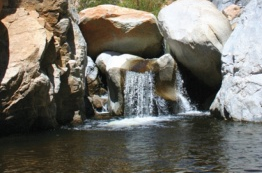 by Matthew J. Nelson
by Matthew J. Nelson
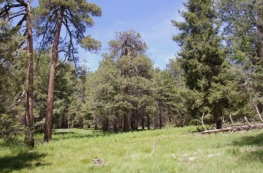 by Matthew J. Nelson
by Matthew J. Nelson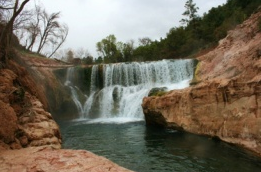 by Matthew J. Nelson
by Matthew J. Nelson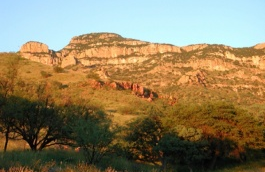 by Matthew J. Nelson
by Matthew J. Nelson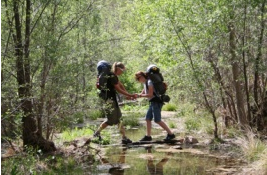 by Matthew J. Nelson
by Matthew J. Nelson



Also find us on...